Top Cross-Platform Frameworks: Flutter Vs. .NET MAUI, Vs. React Native

Discover the strengths of Flutter, React Native, and .NET MAUI, three leading cross-platform frameworks for app development. Learn about their key features, statistics, and benefits, and stay informed on the latest updates, including the end of support for Xamarin.
Choosing the right cross-platform framework is crucial for efficient and cost-effective app development. Flutter, React Native, and .NET MAUI stand out as top contenders. In this article, we will explore what makes each framework distinctive, backed by the latest statistics and advantages. Additionally, we will discuss Microsoft's decision to end support for Xamarin and what it means for developers.
1. Flutter
1.1. What is Flutter?
Flutter is a versatile cross-platform framework that enables developers to create applications for various platforms such as web browsers, Fuchsia, Android, iOS, Linux, macOS, and Windows using a single codebase. It employs Dart, a reactive programming language that speeds up and simplifies development.
1.2. Flutter Statistics
- Flutter’s popularity has risen by 9% from 2019-2020.
- It is expected to maintain its lead over React Native in 2024.
- Flutter’s monthly growth rate is a strong 10%.
- As of January 2024, about 10,000 Flutter apps were uploaded to Google Play in the previous month.
- A January 2024 Stack Overflow survey shows 12.64% of respondents prefer Flutter.
- Among professional developers, Flutter has a preference rate of 12.56%.
1.3. Advantages of Flutter
- Short Time-to-Market: The “Hot Reload” feature allows real-time code changes, speeding up iterations and app deployment. A single codebase for both Android and iOS reduces development time.
- Add-to-App: Seamlessly integrates Flutter modules into existing native apps, allowing gradual migration or feature enhancement without a full rebuild.
- Customizable Widgets: Offers a vast array of customizable widgets for creating visually appealing and platform-specific user interfaces.
- Scalability: Its widget-based architecture and flexible framework support seamless scalability, accommodating new features and large data volumes.
- Stunning UI Designs: Features a powerful rendering engine and animation libraries for creating complex UI elements and interactive animations.
- Efficient Architecture: A layered architecture with built-in support for state management, networking, and asynchronous programming ensures code maintainability and scalability.
- Data Security: Provides robust security features such as multi factor authentication, encryption, and secure HTTPS connections.
- Supportive Community: Boasts a vibrant developer community with abundant resources, tutorials, and plugins.
2. React Native
2.1. What is React Native?
React Native is a JavaScript framework for creating natively rendering mobile applications for iOS and Android. It’s based on React, Facebook’s library for building user interfaces, and targets mobile platforms instead of the browser.
2.2. React Native Statistics
- In 2024, React Native continues to lead in mobile app development with its versatility and efficiency.
- Nearly 7.07 billion smartphone users in 2024 drive growth in the mobile app market.
- React Native is preferred by 12.57% of professional developers.
- It powers approximately 42% of all mobile apps worldwide.
- With over 2.1 million downloads per month and 90,000 contributors on GitHub, React Native maintains strong popularity.
- It has a 38% market share in cross-platform development frameworks.
- At least 14.8% of apps installed in the US were developed using React Native.
2.3. Benefits of React Native for Startups
- Cross-Platform Development: Single codebase for both iOS and Android reduces development time and resources, reaching a wider audience efficiently.
- Faster Development: Virtual DOM and hot reloading features accelerate development and iterations based on user feedback.
- Cost-Effectiveness: Open-source nature and cross-platform functionality lower development costs.
- Improved User Experience: Native components ensure a seamless interface, enhancing user retention and engagement.
- Scalability: Supports extensive functionality and growth, simplifying the process of adding features or scaling the user base.
- Easy Maintenance: Strong community support provides resources and assistance for troubleshooting.
- Stability: Backed by Facebook, ensuring continuous updates and a stable framework.
- Security and Consistency: Utilizes platform-specific security features to protect user data.
- Fast Iterations and Updates: Over-the-air updates enable quick feature releases and bug fixes.
>> Readmore: Leading React Native Outsourcing Company In Vietnam

3. .NET MAUI
3.1. What is .NET MAUI?
.NET Multi-platform App UI (.NET MAUI) is a framework for creating native mobile and desktop apps using C# and XAML. It supports Android, iOS, macOS, and Windows with a single shared codebase.
3.2. Key Statistics (Microsoft updates 2024 )
- Released 9 significant updates, adding value and capabilities.
- Made 260 commits to enhance functionalities.
- Updated 521 files to maintain quality standards.
- Supported by 41 active contributors.
- Over 4,190 repositories depend on CommunityToolkit.Maui.
- 679,767 downloads from NuGet indicate widespread adoption.
3.3. Key Features
- Single Codebase: Simplifies development with one codebase for multiple platforms.
- Native Performance: Achieves near-native performance through optimized architecture.
- Rich UI Components: Offers a wide range of pre-built UI controls and layouts.
- Device-Specific Customization: Balances code sharing with platform-specific customization.
- Multi-Platform UI Framework: Supports creation of native apps for Windows, macOS, iOS, and Android.
- Unified API Surface: Provides a single API for multiple platforms.
- Development Tools and Ecosystem: Integrates with Visual Studio and Visual Studio Code, offering a productive development environment.
- Enhanced Flexibility and Controls: Provides varied controls and layouts for improved customization.
- Blazor Integration: Enables hybrid applications sharing code between web and native mobile apps.
A comprehensive comparison: Flutter vs. .NET MAUI, vs. React Native
Parameter | React Native | Flutter | .NET MAUI |
Programming Language | JavaScript programming language, widely used with a vast ecosystem of libraries and frameworks. | Dart programming language, not as popular but easy to learn and has a growing package ecosystem. | C# programming language, known for strong typing and excellent tooling. |
Platform Support | - Primarily targets Android and iOS with community-driven efforts for other platforms. | - Supports Android, iOS, web, macOS, and Windows with notable web support for creating progressive web apps (PWAs). | - Supports Android, iOS, macOS, and Windows with multiple form factors including phones, tablets, and desktops. |
Performance | Creates native code at runtime, which may lead to performance differences | Compiles native code for optimized UX | .NET 6 Integration, high performance, advanced feature access |
Components / Widgets | Native components and libraries, often requires customization | Vast library of customizable widgets | Wide range of native controls and UI elements |
Developer Ecosystem | Large developer community, huge library of third-party resources | Growing community, extensive documentation, large package/plugin ecosystem | Extensive resources and support from Microsoft |
User Interface | - Uses a bridge to communicate between JavaScript and native components, which can lead to performance bottlenecks. - Wide range of third-party libraries and UI components for a native look and feel. | - Widget-based approach for highly customized and pixel-perfect UIs. - Rich set of pre-designed widgets and custom widgets. High-quality graphics and smooth animations using Skia rendering engine. | - Native-like UI across platforms using Xamarin.Forms and .NET community toolkit. - Consistent and platform-specific UI components. |
Performance | - Performance reliant on optimization and use of native modules due to bridge interaction. | - Impressive performance with compiled Dart language and Skia rendering engine. | - Excellent performance with platform-specific rendering and .NET 6.0 enhancements like AOT compilation. |
Development Tools and Ecosystem | - Large community with many third-party libraries and plugins. - Comprehensive documentation maintained by Facebook and tools like Expo for streamlined development. | - Strong community, excellent documentation, and wide range of plugins available through pub.dev. - Seamless integration with popular code editors and IDEs. | - Robust tools including Visual Studio, Visual Studio Code, Xamarin.Forms' extensive ecosystem, and NuGet package manager. - Growing community with ample Microsoft resources. |
Learning Curve | - Accessible to developers familiar with JavaScript and React, making the transition to React Native relatively smooth. | - Widget-based approach can be challenging for developers accustomed to traditional imperative UI development. | - Gentle learning curve for developers familiar with C# and .NET; requires time for those new to C#. |
To sum up, Flutter, React Native, and .NET MAUI each bring robust solutions to the table for cross-platform app development. With Flutter's fast development cycles, React Native's extensive community and versatility, and .NET MAUI's unified approach under .NET, developers have powerful tools at their disposal.
4. What will happen to the Xamarin Native?
Many people will wonder why Xamarin is not mentioned in this list. So I will mention one piece of news. Xamarin Native, the component that allows a single .NET codebase for multi-platform development, will no longer exist separately. All its capabilities will be integrated into .NET, starting with .NET 6.
4.1. Impact on Published Applications:
- iOS: Applications will continue to be available in the App Store. Updates should be made before April 2024, as the last version fully supported by Xamarin is iOS 16.
- Android: Applications will remain in the Play Store. Updates should be made before August 2024, as the last version fully supported by Xamarin is Android 13.
4.2. Risks of Not Migrating:
- Potential issues with updates or introducing new features may require migration.
- Security vulnerabilities will not be fixed after support ends, leaving applications exposed.
- Recommended migration deadline is May 1, 2024.
4.3. Migration Process:
- Migrate to .NET version 6 or later.
- Validate changes to the .NET framework and adjust as necessary.
- Identify unsupported libraries and find alternatives.
- Conduct comprehensive tests post-migration.
- For Xamarin Forms applications, migrate the user interface to .NET MAUI. Microsoft provides a tool to assist with this.
As Microsoft transitions from Xamarin to .NET MAUI, it's crucial for developers to stay updated and plan their migrations accordingly to ensure continued support and security. By understanding the strengths of these frameworks and the implications of Xamarin's end of support, developers can make informed decisions to drive their projects forward.
Aegona - Top Cross-Platform App Development Company in Vietnam
Is your team navigating the transition from Xamarin to .NET MAUI, or exploring the benefits of Flutter and React Native? Aegona's experts are ready to assist. With extensive experience in cross-platform development and deep knowledge of Microsoft technologies, we provide the guidance and support you need to ensure a smooth and successful migration.
Contact Aegona today to discuss your project requirements and take the next step in your development journey.
AEGONA LTD - IT SERVICE & SOFTWARE DEVELOPMENT
Email: [email protected]
Phone: Office: (+84) 28 7109 2939. Hotline: (+84) 91 451 8869 | (+84) 83 940 5469
WhatsApp: (+84) 91 451 8869
Website: www.aegona.com, www.aegona.vn
Address: Orbital Building (QTSC Building 9), Quang Trung Software City, District 12, Ho Chi Minh city, Vietnam.
related post
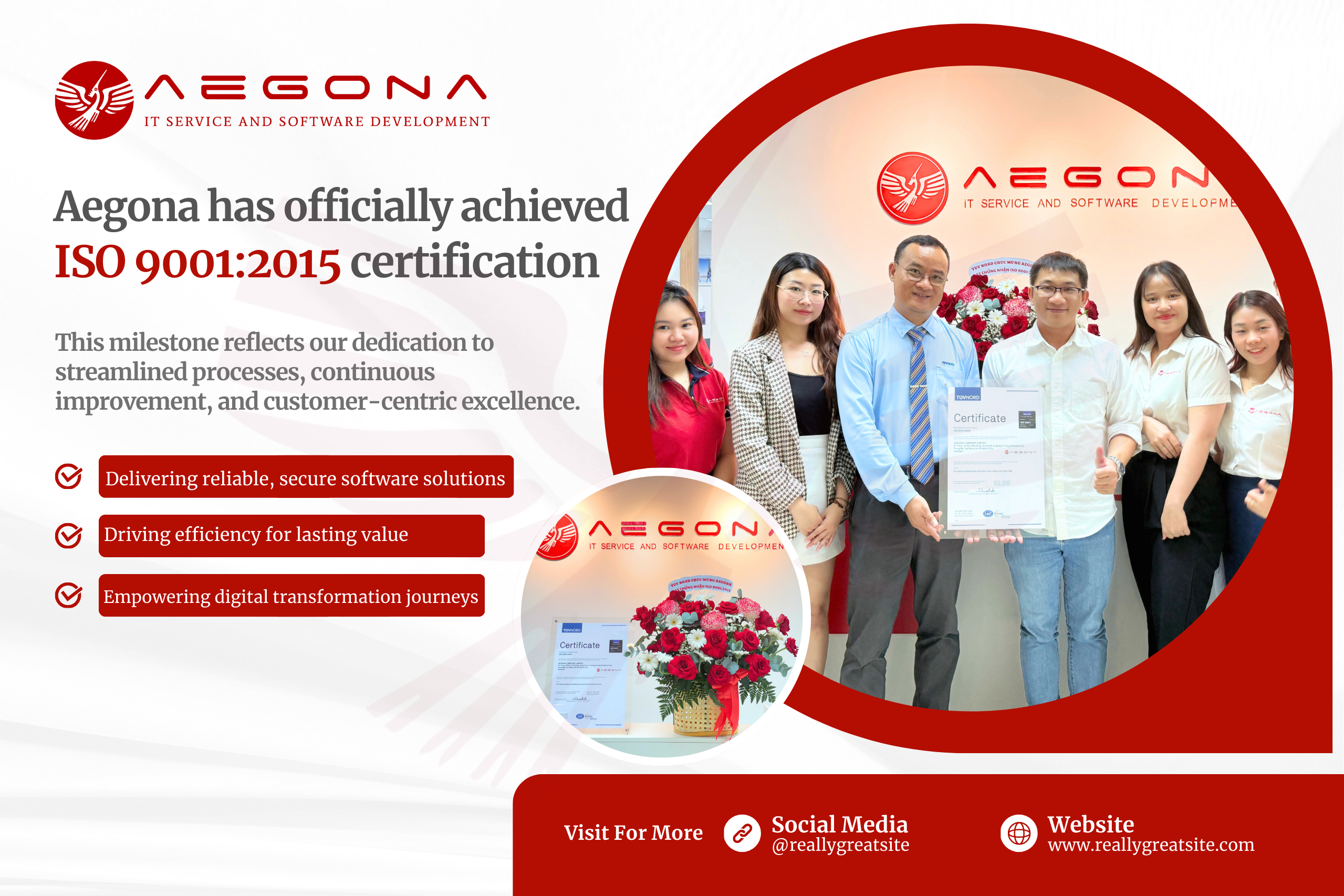
We are proud to announce that Aegona has officially achieved ISO 9001:2015 certification, an internationally recognized standard for quality management systems.
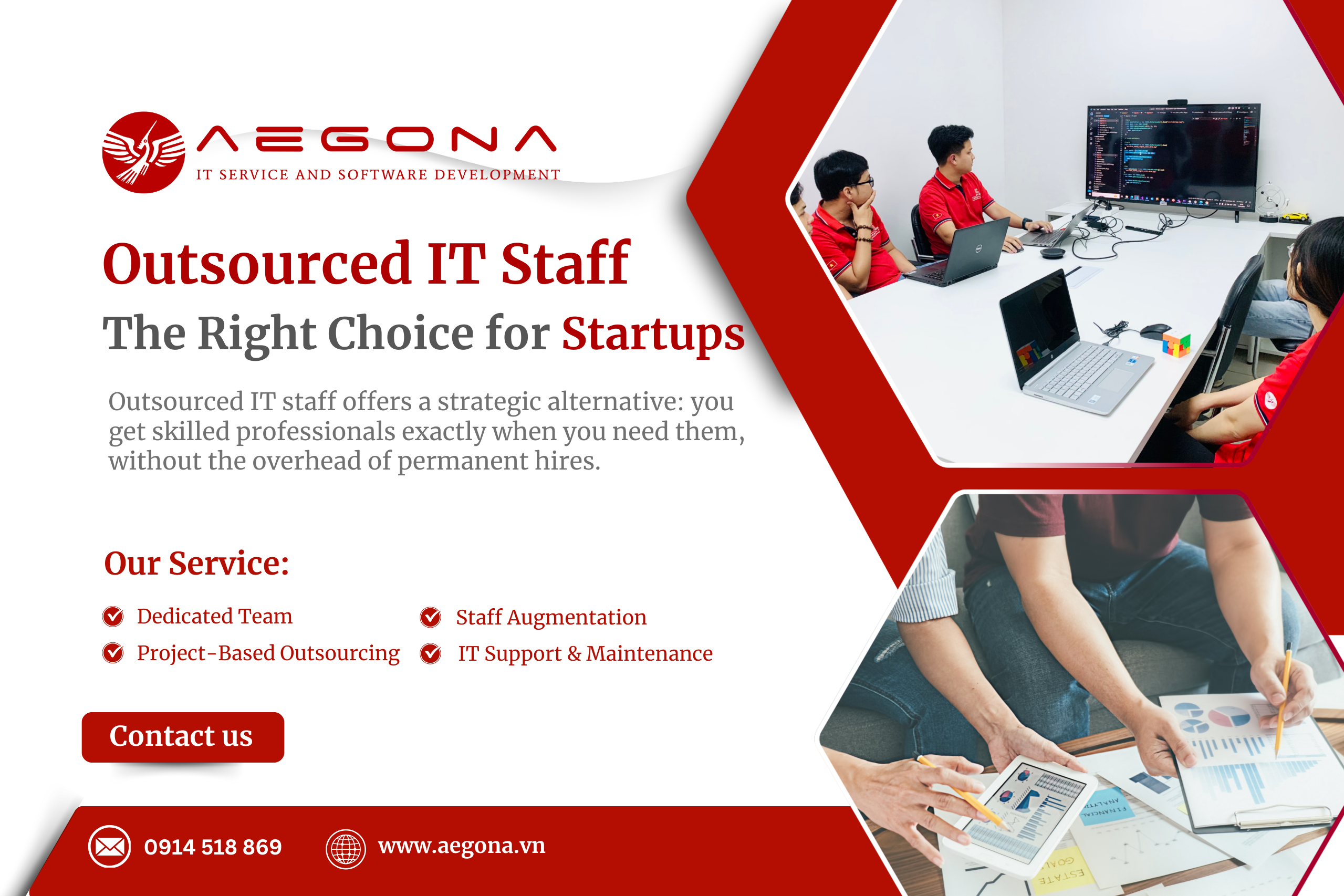
Outsourced IT staff offers a strategic alternative: you get skilled professionals exactly when you need them, without the overhead of permanent hires.

Build custom ERP software to streamline operations, boost efficiency, and fit your business needs. A complete step-by-step guide.
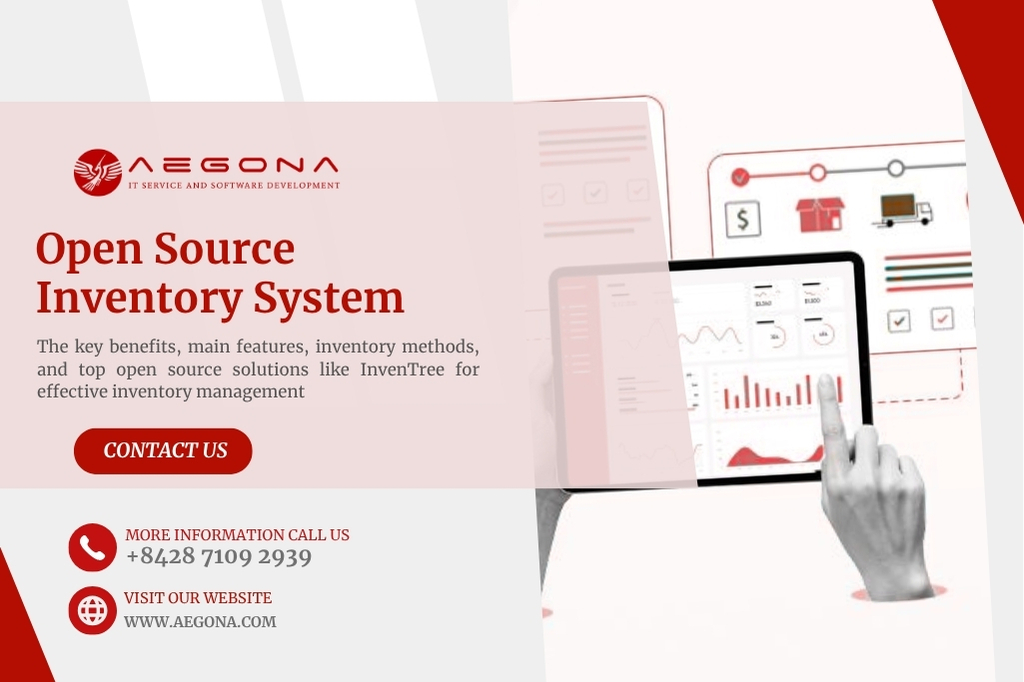
Discover the best open-source inventory systems like InvenTree. Learn key features, benefits, and tools to optimize warehouse and inventory operations.

Discover how Tender Management software streamlines bidding, boosts efficiency, and when to choose a custom-built solution.
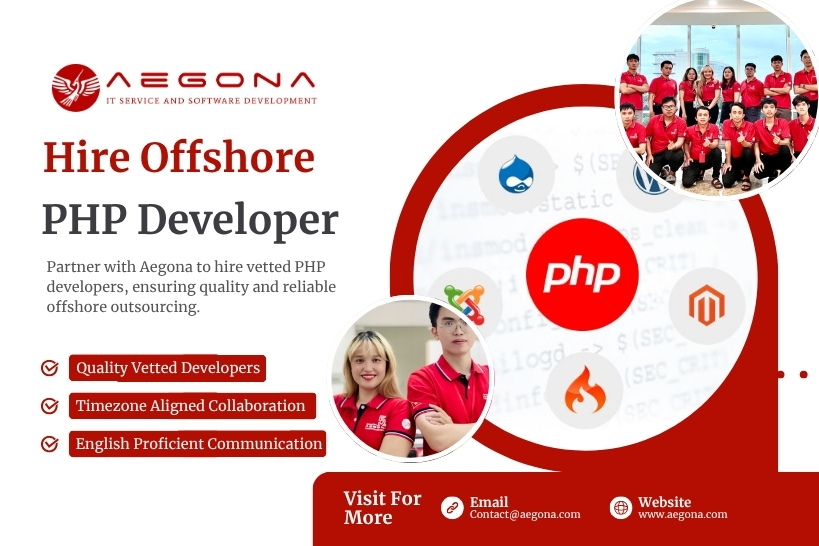
Discover the benefits of hiring offshore PHP developers in Vietnam and explore a step-by-step process to build a skilled, cost-effective development team.

Discover the key benefits and features of real estate app development in Vietnam for businesses aiming to grow in the digital property market.
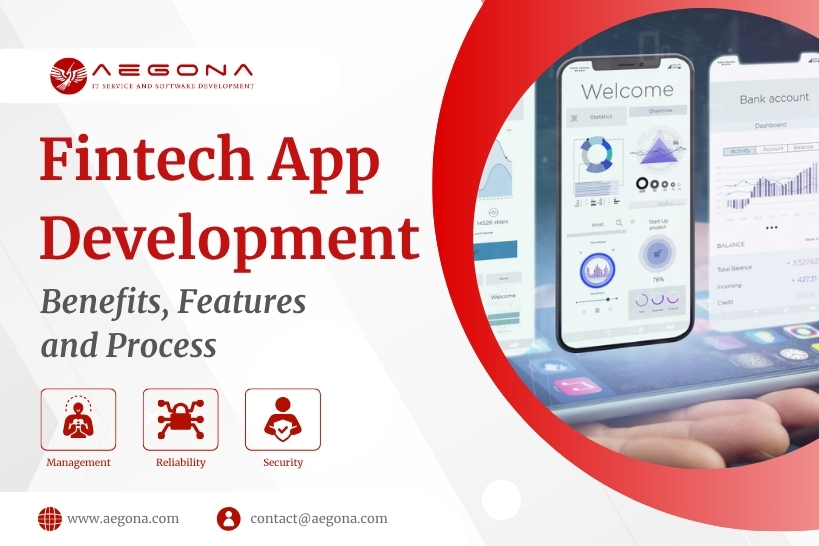
Custom FinTech app development for banking, insurance, payments & more. Secure, scalable, and tailored to your business.

Odoo POS software is becoming an effective alternative to traditional POS systems thanks to its flexible integration capabilities and reasonable cost. Using sales management software plays an essential role in optimizing business operations. This article will help you compare Odoo software and traditional POS systems to find the most suitable option for your business.

the trends, AEGONA highlights 5 IT outsourcing trends expected to accelerate by the end of 2025 — and based on those, suggests four updated business strategies to help Vietnamese firms stay ahead of the game.

Alongside other big names riding the AI wave, Copilot AI is gaining increasing attention. It’s becoming an indispensable assistant for businesses aiming to accelerate workflows, minimize errors, and optimize operations. So, what exactly is Copilot AI? How does it work, and what benefits does it bring? Let’s explore the full picture below.

RAG LLM Solution (Retrieval-Augmented Generation) seamlessly combines data retrieval with large language models (LLMs) to enable AI systems to deliver accurate, rapid responses, creating optimal user experiences. Aegona proudly stands as a leading software development company specializing in RAG LLM solutions that empower businesses to maximize the potential of AI for sustainable growth.

In the rapidly evolving global business landscape, the integration of Enterprise Resource Planning (ERP) software has become essential for streamlining operations, improving productivity, and supporting digital transformation. Enterprise Resource Planning (ERP) software connects core business processes, including HR, finance, sales, supply chain, and customer service, into a unified system that delivers real-time insights and operational efficiency.
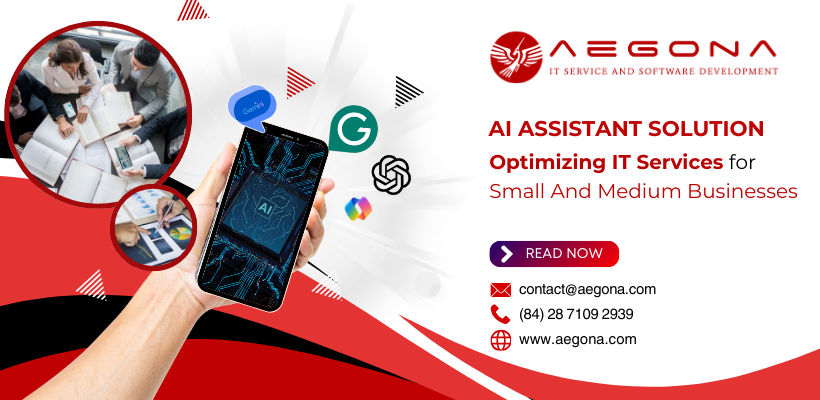
AI Assistant is a powerful tool designed to help businesses automate IT processes, enhance operational efficiency, and improve customer experiences. For small and medium-sized enterprises (SMEs), adopting AI not only helps reduce costs but also creates a significant competitive advantage.
